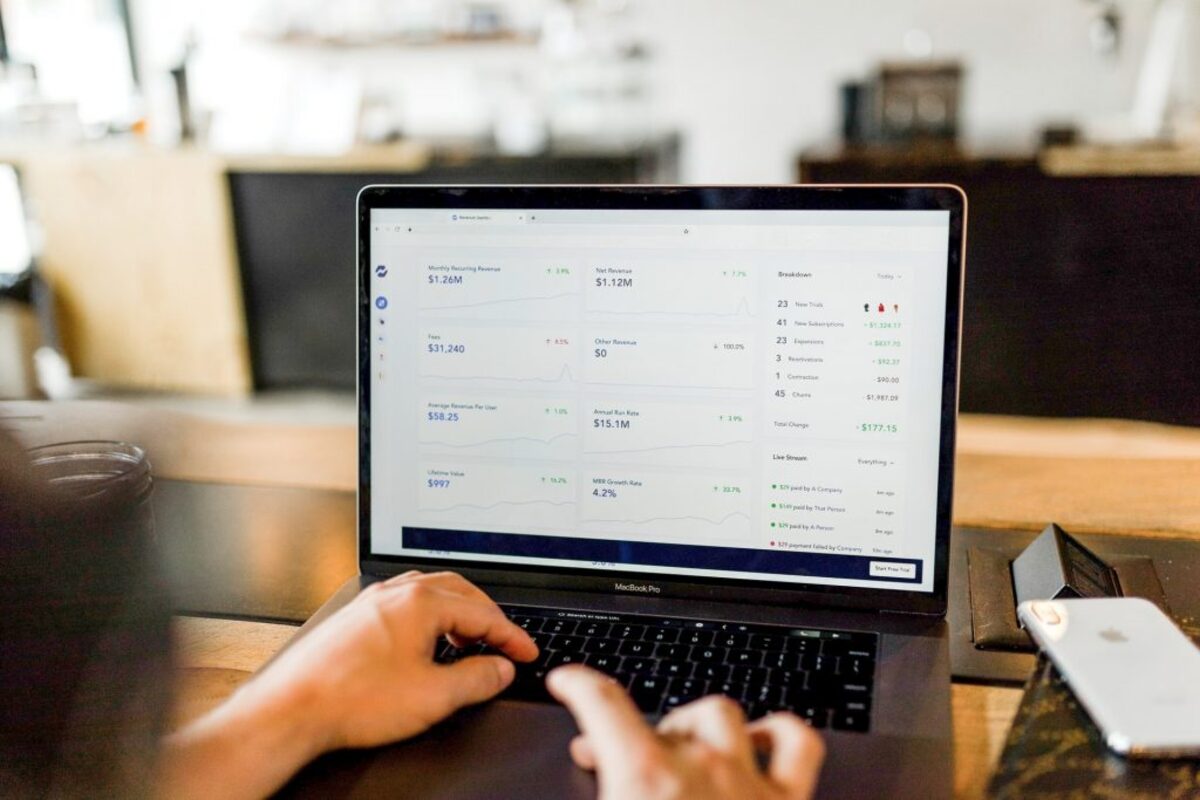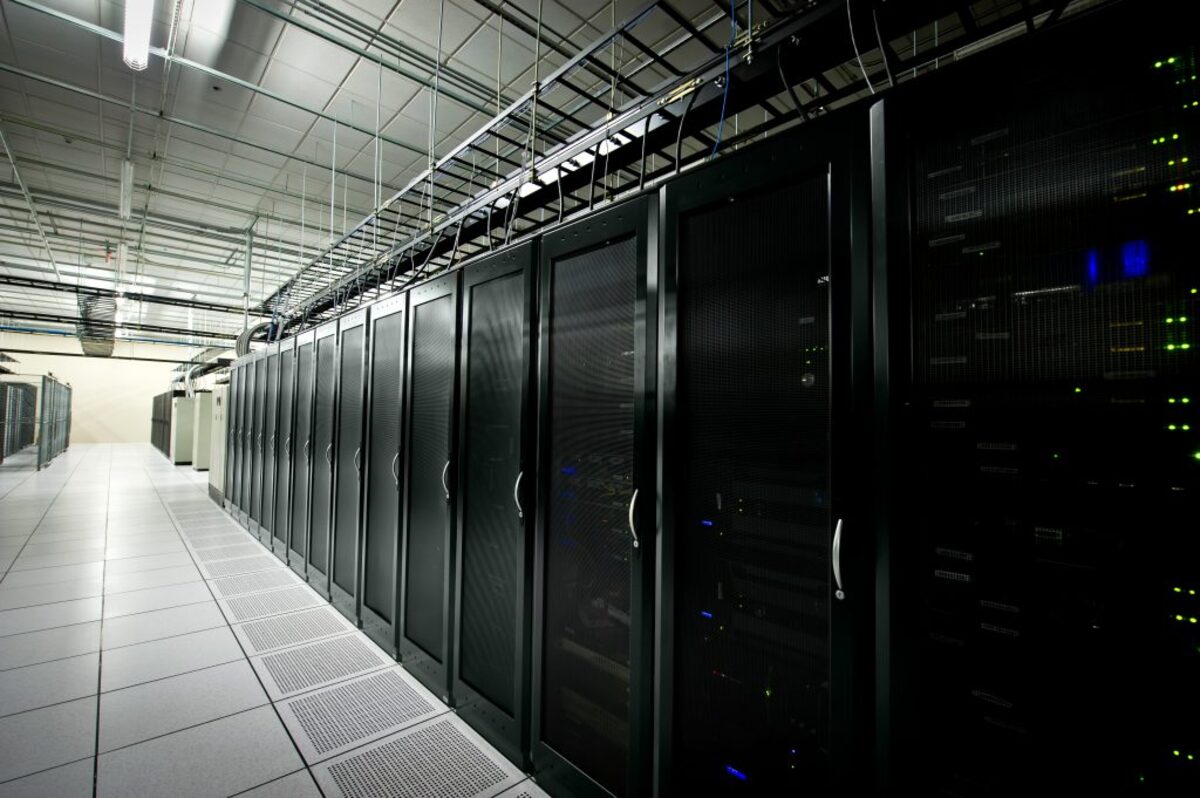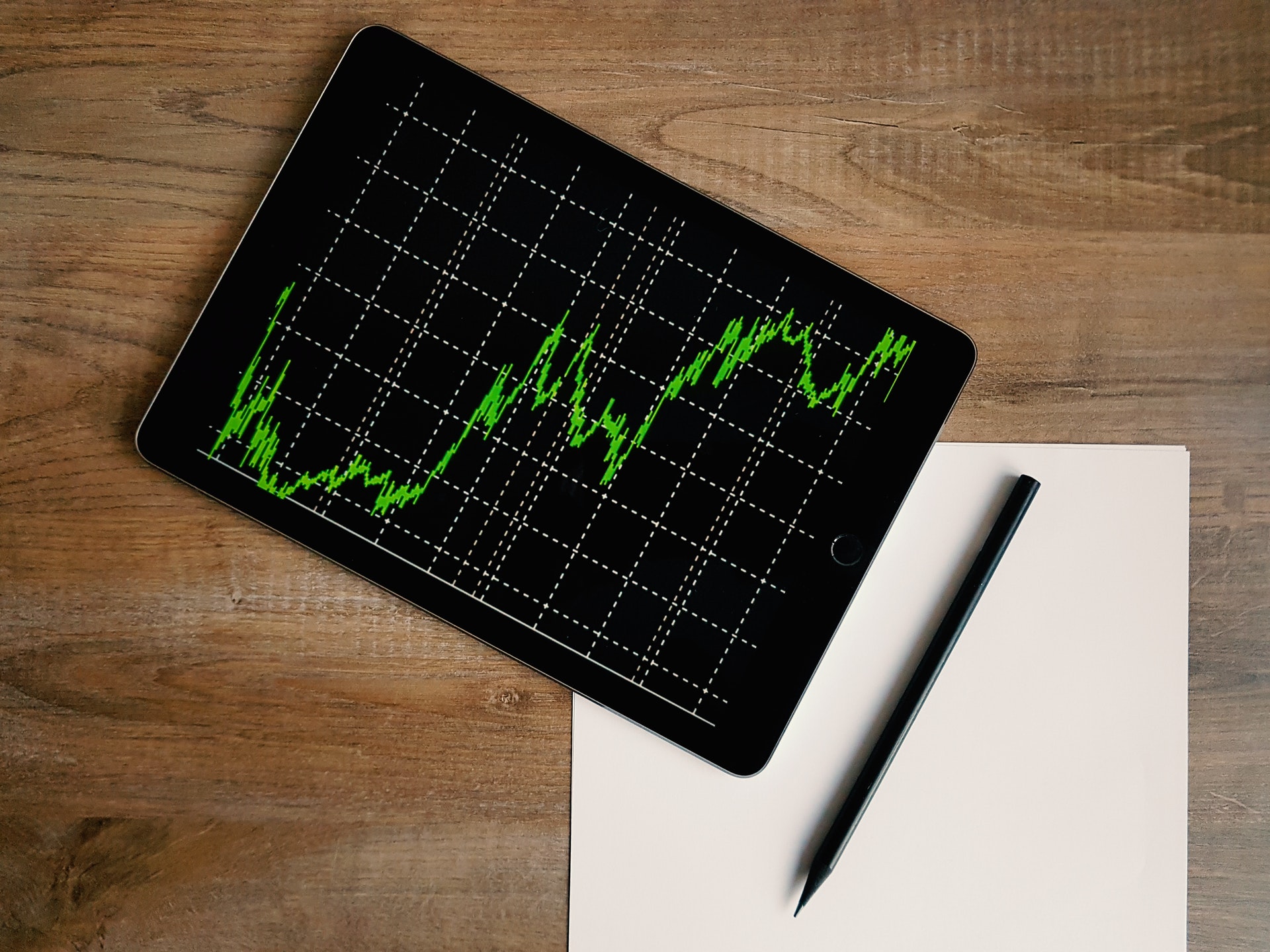Setting the right price for a product in the retail market is akin to walking a tightrope. Done correctly, it guarantees fortunes in the form of increased sales and a growing customer base. However, two extreme possibilities are also likely.
On the one hand, pricing a product too low devalues a brand, while, on the other, pricing it too high essentially chases customers away. These various outcomes underscore the complexity of retail pricing, making price monitoring a necessity rather than a luxury for a business. Scraping prices from websites using a price scraping tool would enable you to enhance your business intelligence, and hence making better overall pricing strategies.
Price Monitoring
Price monitoring, which is known as competitive price monitoring, in full, is the process of obtaining and analyzing competitors’ information. Once this information has been collected, it is referred to as price intelligence. If you’re interested in price monitoring, we suggest you check the Oxylabs website for more information.
Price monitoring is carried out in order to understand the market and observe the changes, especially because companies change product prices quite regularly. With this information, it becomes easier for other competing businesses to set well-informed prices for their products. Simply put, price monitoring influences a seller’s pricing strategy.
But it doesn’t stop at that; price intelligence also benefits customers who can use the information to develop purchasing strategies.

From the perspectives of both the seller and the buyer, competitive price monitoring is a significant undertaking. However, its effectiveness, given the many pricing changes – some of which could occur in a very short time – relies on automation. This is how web scraping tools make competitive price monitoring both a reality and beneficial for users through automation.
Web scraping refers to the process of extracting data from websites. Thus, monitoring and retrieving pricing data constitutes web scraping as long as the data is obtained from websites. The use of web scraping tools promotes automatic price monitoring, which keeps up with the many changes that are synonymous with the retail market.
Uses of Price Monitoring

A good web scraping tool enables more than just data extraction since, with it, one can analyze data. Here’s a list of the uses of price monitoring:
- Track competitors’ products on various websites and markets
- View and retrieve product prices
- Determine whether new companies have entered the market
- Obtain data on the best-selling products
- Retrieve trends on competitors’ prices, thereby making it possible to deduce their pricing strategies visually
Benefits of Price Monitoring
The benefits of price monitoring include:
- It helps a company develop well-informed pricing strategies.
- It provides insight on the right time to run promotions and offer deals.
Use of Proxies
Why are proxies used in web scraping?
While web scraping tools are effective in extracting information, they cannot sustain this effectiveness in isolation. Why? Well, websites impede web scraping because the bots deployed to extract data do so indiscriminately. This indiscriminate web data harvesting strains the web servers.
Supposing multiple web scraping tools target the same website at a go. In that case, the server might even crash, and customers loathe such instances. In this regard, websites have anti-scraping tools that protect them against web scraping attempts and possible crashes.

Blocking IP addresses happens to be one of the most common anti-scraping techniques. The web servers block or ban IP addresses responsible for making too many web requests since such requests can only logically emanate from bots and not human users. Coincidentally, web scraping tools make multiple web requests over a period and are, therefore, prone to getting flagged as suspicious and eventually being banned through their IP addresses.
The anti-scraping tools hamper web scraping attempts. And although they are well-intentioned – from the website owners’ perspective – they restrict a task that has many benefits to other users. To this end, web scraping tools are used in conjunction with proxy servers.
How do proxies work?
A proxy/proxy server is an intermediary through which web requests are routed before being directed to the target website. The routing process also entails assigning a new IP address. Different types of proxies assign distinct kinds of IP addresses, and they do so differently.
Of the many types of proxies, rotating residential proxies and rotating datacenter proxies are ideal for web scraping. Rotating residential proxies are suitable for large scale web scraping. However, because they work by routing requests through another user’s device, using them could raise some serious legal issues due to lack of consent.
This leaves rotating datacenter proxies, which should have robust proxy management settings in place to avoid pitfalls that accompany using this type – datacenter proxies are easily blocked.

Proxy servers promote reliable and smooth web scraping. When coupled with equally dependable web scraping tools, companies can extract fresh and ready-to-use pricing data. In fact, some tools analyze the data and generate charts, which make interpretation a breeze.
Price monitoring is vital and beneficial, but it requires proxy servers for the web scraping aspect of it to be seamless and successful.

Comments are closed.